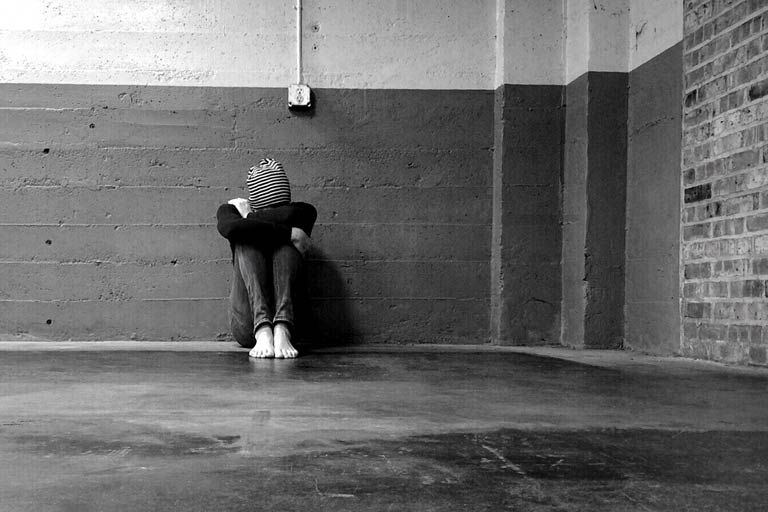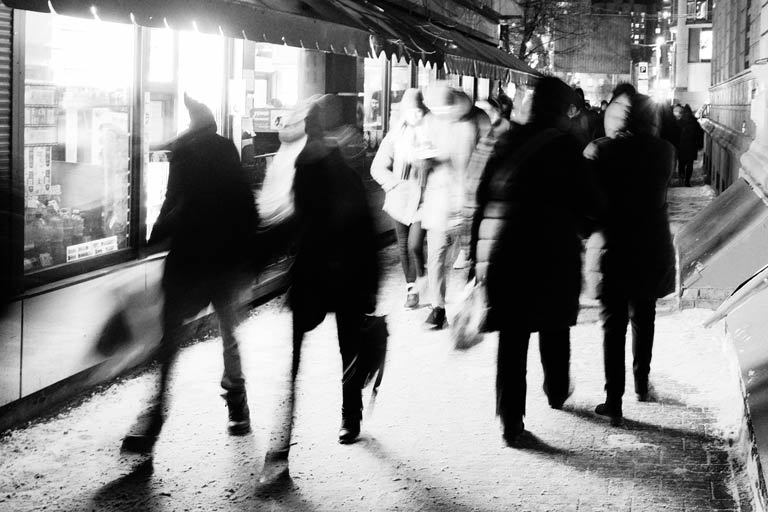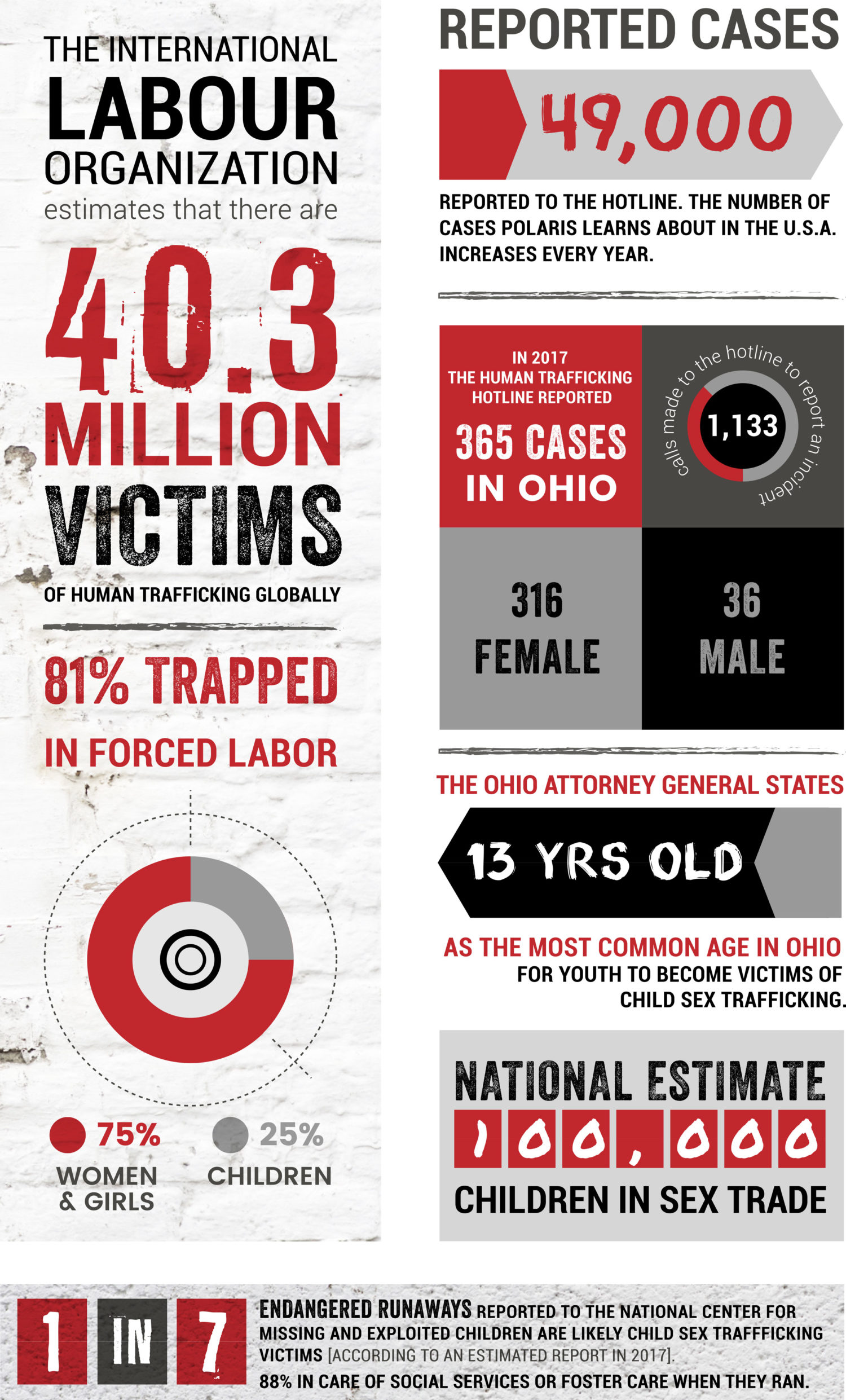There are an estimated 49.6 million people in slavery across the globe.
Human trafficking is the exploitation of people for sex or labor through the use of force, fraud, or coercion. There are more people enslaved today than at any other time in history, affecting the freedom of millions of people globally. It is a multi-billion dollar criminal industry generating an average of 150 billion dollars per year. It’s no respecter of person, gender, race, or age, and happens right here in our community.
Sex trafficking is forcing a person into a commercial sex act by the use of force, fraud, or coercion. These victims often know their traffickers.
Labor trafficking is forcing a person to work or provide services in captivity for little or no pay. Experts believe there are more situations of labor trafficking than sex trafficking.
Bonded labor is forcing a person to work, often in brutal conditions, for low wages to pay back an impossible debt. Bonded labor is used across a wide range of industries that produce consumer goods.
Involuntary domestic servitude is forcing a person to work and live in the same place for little to no pay. These victims often work 12-18 hour days, with some working as much as 24/7.
Child labor is forcing a child into a system of domestic servitude or occupation that are mentally, physically, socially, and morally harmful. Roughly 1 in 4 human trafficking victims are children.
Child soldiers are boys, girls, and adolescents forced into an armed conflict or illegal armed groups through force or compulsory recruitment for military purposes.

Anyone can be a victim. The targeted ages range from 8-18 years old, and even upwards of 60-70 years old. Statistically, girls seem targeted the most, however, there is no specific gender exempt from this tragedy. A large number of boys and LGBTQ+ people and teens are trafficked. Runaways, homeless, and foster children, as well as someone struggling with addiction or depression, are also victimized.

A trafficker is any individual looking to profit from exploiting children, youth, and adults. Traffickers strategically prey on a mentally, physically, or economically vulnerable person, and target locations where vulnerable youth can be found. A trafficker can be a man or woman of any ethnicity, race, or walk of life.
Through the power of education, we are raising awareness to end human trafficking.
NOT FOR SALE. ONE STEP AT A TIME exists to shine a light on some of the most important things to understand about sex trafficking and labor trafficking including, how to identify the signs; who the traffickers are; who the victims are; and how parents can help protect their children.
Through the incredible opportunities of media available to us, we are able to share effective presentations in schools and with corporate organizations and local businesses, educating and equipping our community about human trafficking.
Through awareness events, we inform about this modern-day tragedy and provide opportunities to take action and participate in fundraisers and our annual Community Freedom Summit and One-Mile Freedom Walk.
We collaborate with Walsh University to educate the public and partner with local agencies, organizations, and law enforcement to end this tragedy and provide care for survivors. Our passion is to use our voice and work together within our community across Stark County, our state, and around the world.
Ohio is ranked 5th in the United States for human trafficking cases.
Anyone can experience trafficking in any community, just as anyone can be the victim of any kind of crime. Traffickers prey on people who are vulnerable and take advantage of victims by manipulating these vulnerabilities. People who live in poverty or foster care, or struggle with addiction, trauma, abuse, or unstable housing, are all at higher risk for trafficking.

Communication is essential. It is important to build relationships and create a safe space with mutual respect for your child or teen to talk to you. If a child feels safe with their parents or guardians, then they tend to be more open and honest. Supervise devices and mobile phone use and establish guidelines for internet usage. Monitor the websites they visit and whom they are talking to online. Get to know their friends and whom your teens are hanging out with.
There is power in knowledge. Educate yourself and your children about human trafficking and how to put safeguards in place. Know what is happening in our community and in our schools.
Your call could save a life.
If you feel in danger or suspect human trafficking, call the local police department.
LOCAL HOTLINE
Summit Regional Human Trafficking Task Force Hotline
Serving Summit, Stark, Portage, and Medina Counties